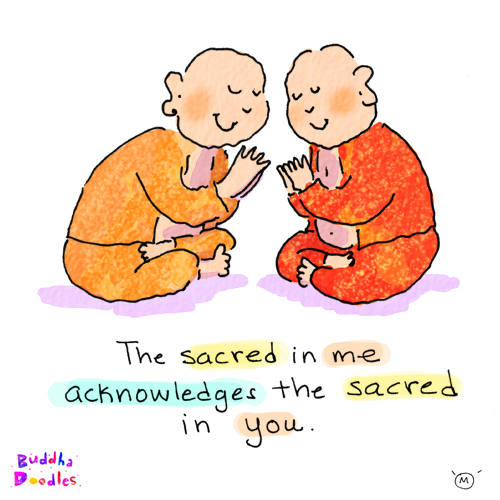Yesterday, in partial observance of Black History Month, as well as part of its ongoing "Religion and Violence" series, the Joseph Korbel School of International Studies invited Professor Willie Jennings of Duke Divinity School to discuss his book The Christian Imagination: Theology and the Origins of Race.* Much of what Willie** talked about was the commodification of the black body. That is, how the slave trade, and issues of "black" and "white" were related to physical bodies, property and land . . . and who owned them all. The talk was indeed much more nuanced than this brief mention would imply (the book reviews, for example, are glowing!). But at the end of his portion of the afternoon, he posed three questions for our consideration:
- How do we relate to one another? Why do we relate to one another? Is it just because of commerce?
- To whom do we belong?
- Who do we want to be?
Certainly, given the discussion about slavery, especially as it relates to the way Christianity and slavery have been intertwined, these were fabulous questions.
I immediately, however, began to shine a different light on the question. For several years I have taught an Honors seminar called "Pet, Partners or Pot-Roast". The students and I begin by examining the ways we distinguish between ourselves and non-humans animals through the lenses of philosophy, religion and science. Then we turn to six arenas where the "rubber meets the road": environment, research, livestock, service animals, pets and food. Throughout the quarter, Willie's first question is almost at the heart of every conversation: "How and why do we relate to our non-human animal neighbors? Is it just because of commerce?" In other words, are the animals just there for our use? And, we end up considering the question: "Do they "belong" to us? Of course, I hope that, at the end of the quarter, we will all have a different answer to the question "Who do we want to be" than we had at the beginning.
In thinking about this over the last day, I recalled a greeting that a friend of mine always uses at the end of his correspondence: "Namasté". Many of us hear that (if we hear it) as a greeting and farewell, something akin to "shalom" or "aloha". The meaning is much more complex. A quick surf through Google will provide complete etymological analysis, but one translation is that the word (derived from Sanskrit), especially when accompanied by the gesture of the palms pressed together in front of the chest, means "I bow to you." A deeper meaning, or implication, is "That which is sacred/divine in me bows to that which is sacred/divine in you."
Hmmm. That certainly is NOT a commercial way of relating to one another. The relation implied is one of communion. It is also a tacit acknowledgement that one party does not belong to the other; if anything, both belong to a higher authority/power. (I do need to say that my class is completely divided on the matter of whether animals--or which animals--have souls, so whether we would be acknowledging the sacred in them is another question entirely!)
This concept of each individual being infused with the divine is a bit foreign to most western religions, many of which assume a very hierarchical or possessive relationship (I think, for example, of the apostle Paul claiming to be a "slave of Christ"***). And there can be great meaning and value in that kind of understanding when used with discernment. But our Indian -- Hindu/Jain/Buddhist/Sikh -- neighbors clearly have something to teach us here. Something beyond commerce, beyond ownership, beyond one-upmanship.
Perhaps something about who we might want to be?
Namasté,
Gary
*Yale, 2011.
**Willie and I were at Duke together in graduate school. Two classmates in two weeks from different periods of my life -- but both addressing much the same issue!
***Romans 1.1, Galatians 3.10, etc. some English translations "prettify" the Greek doulos, turning it into "servant". Regardless, the meaning is still one of subservience/subordination.


No comments:
Post a Comment